Figures & data
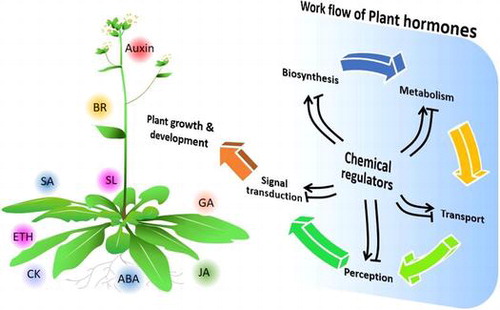
Figure 1. Chemical structures of auxin-related chemicals and simplified schematic model of auxin biosynthesis, transport, and signal transduction. A detailed description of these processes is described in the section on auxin. The numbers in bold correspond with the numbers in (A) and they are unique call numbers in this paper.
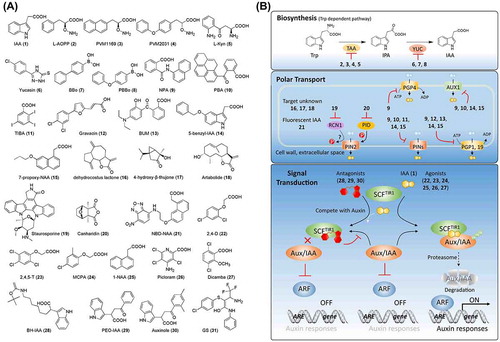
Figure 2. Chemical structures of gibberellin-related chemicals and simplified schematic model of gibberellin biosynthesis, catabolism, transport, and signal transduction. A detailed description of these processes is described in the section on gibberellins. The numbers in bold correspond with the numbers in (A) and they are unique call numbers in this paper.
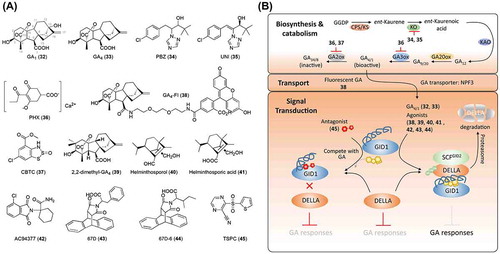
Figure 3. Chemical structures of cytokinin-related chemicals and simplified schematic model of cytokinin biosynthesis, transport, and signal transduction. A detailed description of these processes is described in the section on cytokinins. The numbers in bold correspond with the numbers in (A) and they are unique call numbers in this paper.
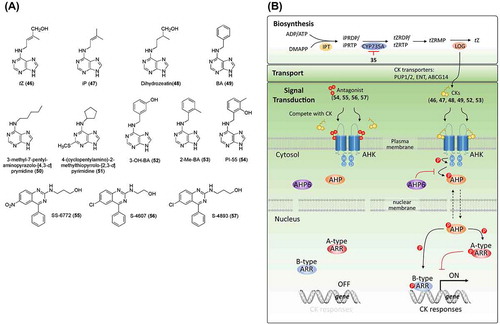
Figure 4. Chemical structures of abscisic acid-related chemicals and simplified schematic model of abscisic acid biosynthesis, catabolism, transport, and signal transduction. A detailed description of these processes is described in the section on abscisic acid. The numbers in bold correspond with the numbers in (A) and they are unique call numbers in this paper.
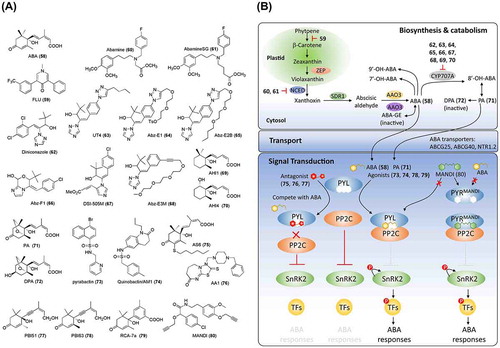
Figure 5. Chemical structures of ethylene-related chemicals and simplified schematic model of ethylene biosynthesis and signal transduction. A detailed description of the processes is described in the section on ethylene. The numbers in bold correspond with the numbers in (A) and they are unique call numbers in this paper.
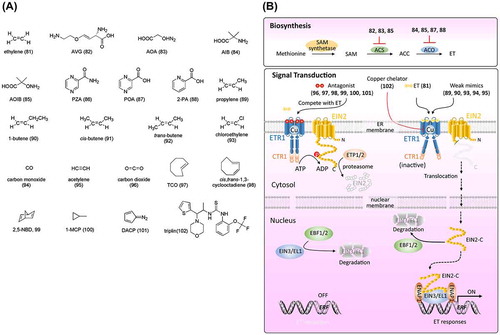
Figure 6. Chemical structures of brassinosteroid-related chemicals and simplified schematic model of brassinosteroid biosynthesis and signal transduction. A detailed description of the processes is described in the section on brassinosteroids. The numbers in bold correspond with the numbers in (A) and they are unique call numbers in this paper.
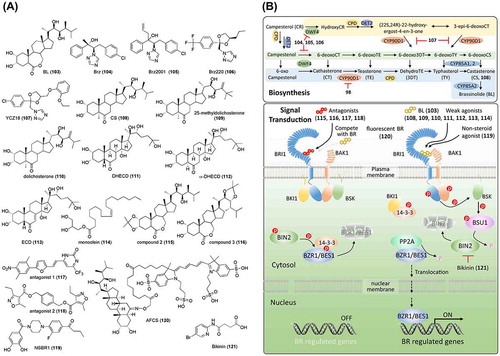
Figure 7. Chemical structures of jasmonic acid-related chemicals and simplified schematic model of jasmonic acid biosynthesis and signal transduction. A detailed description of the processes is described in the section on jasmonic acid. The numbers in bold correspond with the numbers in (A) and they are unique call numbers in this paper.
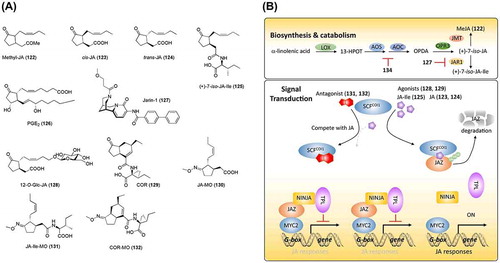
Figure 8. Chemical structures of salicylic acid-related chemicals and simplified schematic model of salicylic acid biosynthesis, catabolism, transport, and signal transduction. A detailed description of these processes is described in the section on salicylic acid. The numbers in bold correspond with the numbers in (A) and they are unique call numbers in this manuscript.
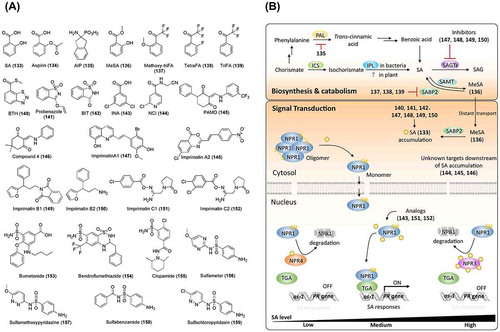
Figure 9. Chemical structures of strigolactone-related chemicals and simplified schematic model of strigolactone biosynthesis and signal transduction. A detailed description of the processes is described in the section on strigolactone. The numbers in bold correspond with the numbers in (A) and they are unique call numbers in this paper.
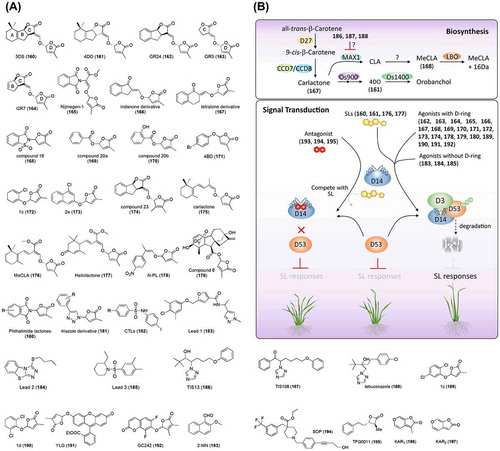
Figure 10. Schematic representation of the workflow of chemical screening (adapted from Dejonghe and Russinova396)) and its applicable fields.
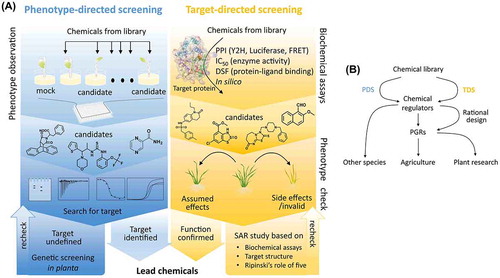
Table 1. Chemicals and their call numbers in this manuscript.
